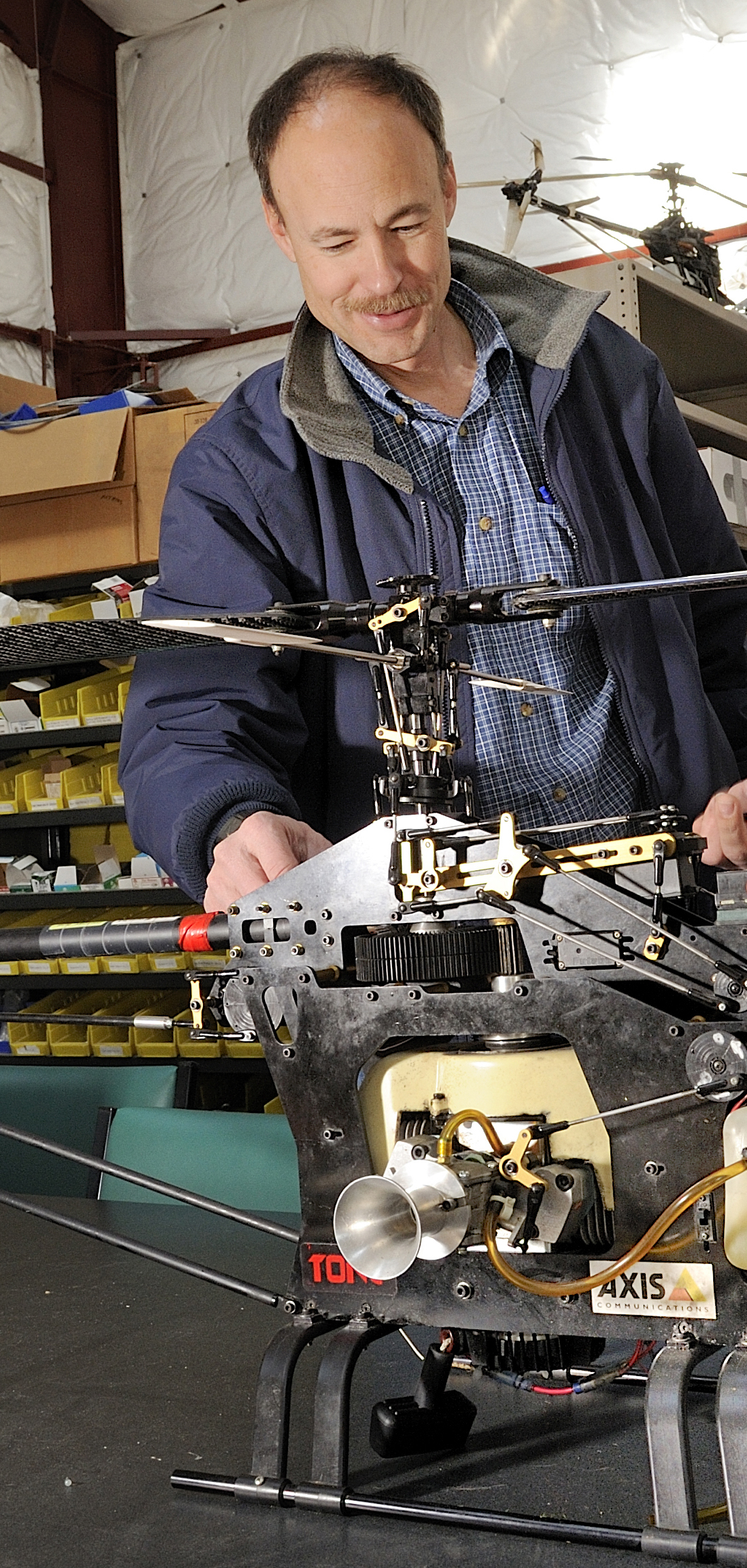Students design unmanned drone to take action against terrorist activity

In less than two years, an unmanned aircraft search and rescue competition will be happening in a remote area in Australia. Kevin Kochersberger, director of the Unmanned System Lab at Virginia Tech, says he hopes to take a student design team and believes they have an excellent shot at winning the $50,000 prize money.
Kochersberger of Blacksburg, Va., has reason to have a lot of faith in his student design teams.
When he assumed responsibility for the lab, his first team won second place in the 2008 outdoor aerial robotic competition. The pot was sweet then, too. They came home with $17,000 in prize money, partially because no team among the 40 entrants was awarded a prize for first.
The Association of Unmanned Vehicle System International altered the competition the next year to an indoor event. The entrants must fly their autonomous unmanned vehicle, a quad-rotor vertical takeoff and landing aircraft, safely into and through a building.
In 2012, the sixth international competition will be based on the following real-life scenario. Credible information from an intelligence agency indicates that highly sensitive information detailing plans to sabotage the control of the Eurasian banking system is contained on an unsecured USB flash drive kept in a remote and highly secured office. The mission of the autonomous vehicle is to remove the flash drive by entering through an identified upper-story broken window. Added to the complicated task, the vehicle must be able to read Arabic, and then decide how to proceed once inside the building.
Alex Marshall of Charlottesville, Va., a recent graduate of mechanical engineering, had served as the mechanical sub-team leader in 2010, and it was his responsibility to work on a pick-up mechanism for the most recent version of the design. “It’s really cool to be building something from scratch. Last year’s model was badly damaged when it was shipped to the competition, and wires went everywhere. They had used a sonar-like device to locate the walls when the machine was flying. This year we are using a laser range finder.”
Unfortunately, the change in the sensing mechanism is making the new aircraft much bigger and bulkier, and the hardware is more expensive, Marshall admitted. The real trick is that the rules of the competition demand the design be below a maximum weight limit of 1,500 grams.
Marshall says he spent much of his time developing the pick-up device that would snatch a USB flash drive randomly placed inside the building, and replace it with a decoy.
Other groups on the team are divided into the navigational and vision experts. Navigation is defined as stable and intelligent vehicle flight. Requirements for the vehicle’s vision in this competition are the ability to recognize a security sign and its indicated direction, identify the flash drive and its position as related to the vehicle, understand if an LED light and a laser grid shut off button is on or off, and be able to communicate to the controller, who does not have visual contact.
“I have learned how the different sub-teams working on different aspects of this project must be able to mesh their ideas together,” Marshall said. The entire team meets twice a week, but we spend about 10 to 12 hours a week, sometimes more, on this project. We give updates to Dr. K, and he helps us define our short term goals.”
Marshall admitted there are often disagreements, but the students have to work toward a final design that is palatable to all of the sub-teams. “It is essential that we remain in touch with each other so the final design comes together nicely and works,” he grinned.
He cited as an example one requirement that demands the quad-rotor to have 240 degrees of unobstructed viewing power. His participation in the mechanical team makes him responsible for this criterion, but he also must ensure that his colleagues on the vision and navigational teams do not include components that will eventually obstruct this view.
Kochersberger, who received all three of his degrees in mechanical engineering from Virginia Tech, was the pilot aboard the Reproduction 1903 Wright Flyer flown at Kitty Hawk in 2003 for the Centennial of Flight celebration. Today, among his many projects assisting students in their design efforts at Virginia Tech, he is advising another group of students in their attempt to perfect an autonomous helicopter. The U.S. Defense Threat Reduction Agency is overseeing this effort, and members of the Department of Defense have visited Blacksburg to see first-hand the accomplishments of the students.




